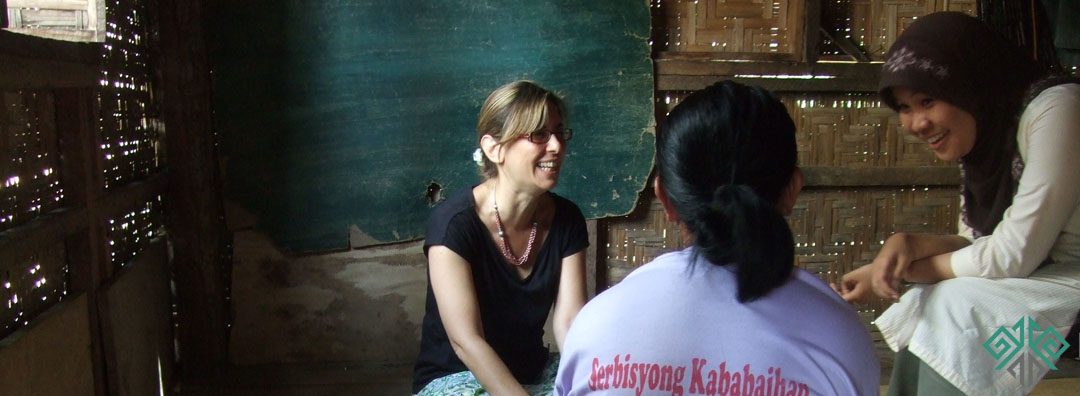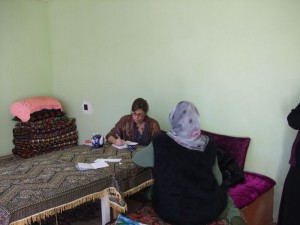The HPCR Advanced Practitioner’s Handbook
The HPCR Advanced Practitioner’s Handbook on Commissions of Inquiry draws from past professional practice in the domain of monitoring, reporting, and fact-finding (MRF) and offers methodological considerations to inform future MRF missions.
To read the Handbook, click here.
Protection of Witnesses, Victims and Staff in Monitoring, Reporting, and Fact-Finding Mechanisms
Abstract
One dilemma that faces practitioners serving on monitoring, reporting, and fact-finding (MRF) missions concerns the protection of witnesses, victims, and staff. The paradox underlying the issue of protection is that, while statements from witnesses and victims account for the predominant evidence when investigating human rights violations, the very fact that victims and witnesses decide to come forward and contribute to the establishment of the truth can put these individuals at risk. Another dilemma emanates from the ad hoc nature of such missions, in contrast with the need to ensure protection on a long-term scale. In the often-volatile contexts in which MRF missions typically operate, security risks also arise for MRF staff members participating in on-the-ground operations. This paper analyzes how past MRF missions, whether commissioned by ad hoc bodies or by the UN, have grappled with these risks. The paper examines the sources of the obligations to protect witnesses, victims, and staff; the nature of the threats that could arise; the protective steps that have been taken; and the measures that could be taken by MRF professionals in the future. As this paper demonstrates, often a divide exists between aspirational notions of best practice and the reality of what can be delivered, leaving MRF practitioners frequently uncertain about the lengths and limits of their protective responsibilities.
Download PDF here.
Even wars have limits, the manual
“How to cite this publication: Even Wars have Limits; an IHL training manual, by Beyond peace, Paris, 2014″
Download the PDF here.

A Beyond Peace publication: an IHL training Manual for combatants.
Describing the training designed by Cynthia Petrigh for the EUTM in Mali and which was used to train more than 3,000 troops so far, this manual explains the methodology developed specifically for the Malian troops, based on the applicable law, the pattern of abuse and the audience profile. It features drills, scenario exercises, lectures, evaluation forms as well as photos illustrating the correct conduct of operations.

A new publication on witness protection in international inquiry missions
Cynthia petrigh from Beyond (peace) has been involved in fact-finding and documenting human rights abuses, both at field level as well as research.
She has now published the results of a research conducted for the Humanitarian Policy and Conflict Research programme of Harvard University.
This paper will contribute to the work of the Harvard Group on monitoring, reporting and fact-finding missions and more generally, to the academic and practitioners’ debate on the responsibility to protect witnesses and victims.
Photo: the researcher documenting human rights abuses in the Kyrgyz Republic
The paper identifies two dilemmas. Firstly, while statements from witnesses and victims account for the predominant evidence when investigating human rights violations, the very fact that victims and witnesses decide to come forward and contribute to the establishment of the truth can put these individuals at risk.
A second dilemma emanates from the ad hoc nature of such missions, in contrast with the need to ensure protection on a long-term scale. In the often-volatile contexts in which MRF missions typically operate, security risks also arise for MRF staff members participating in on-the-ground operations.
The paper analyses how past MRF missions, whether commissioned by ad hoc bodies or by the UN, have grappled with these risks. The paper examines the sources of the obligations to protect witnesses, victims, and staff; the nature of the threats that could arise; the protective steps that have been taken; and the measures that could be taken by MRF professionals in the future.
As this paper demonstrates, often a divide exists between aspirational notions of best practice and the reality of what can be delivered, leaving MRF practitioners frequently uncertain about the lengths and limits of their protective responsibilities.
The paper can be downloaded from: http://papers.ssrn.com/sol3/papers.cfm?abstract_id=2392493

